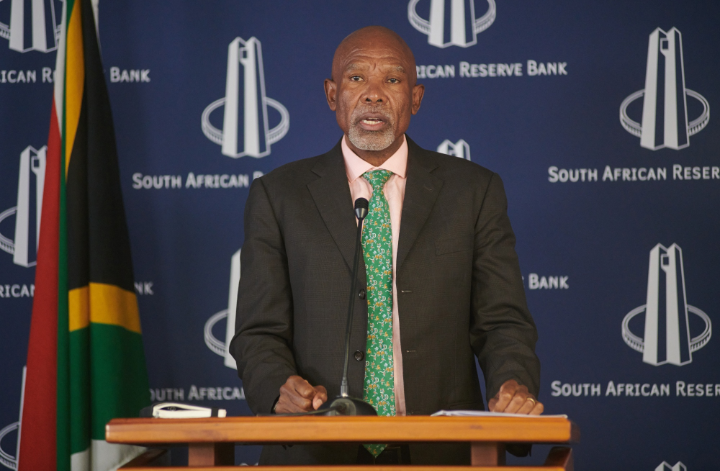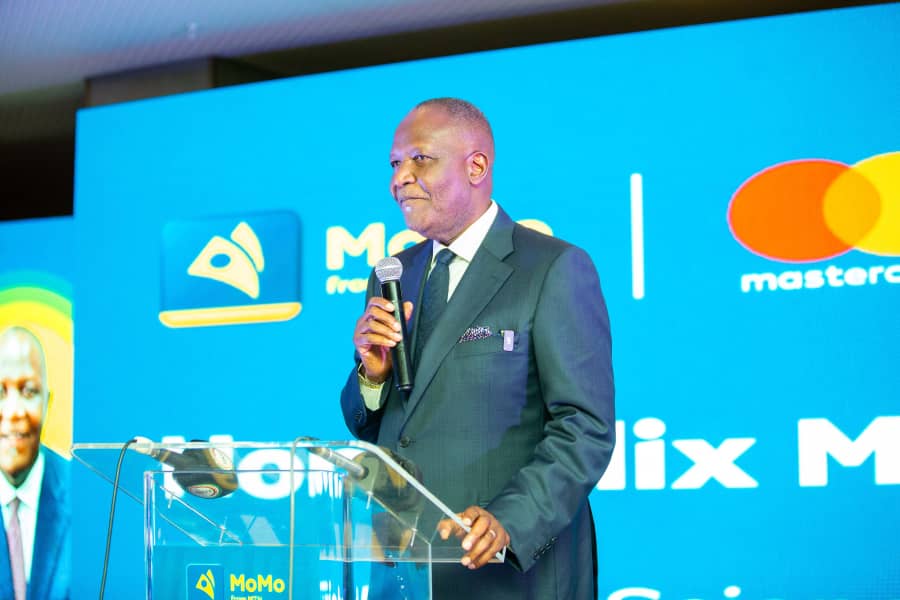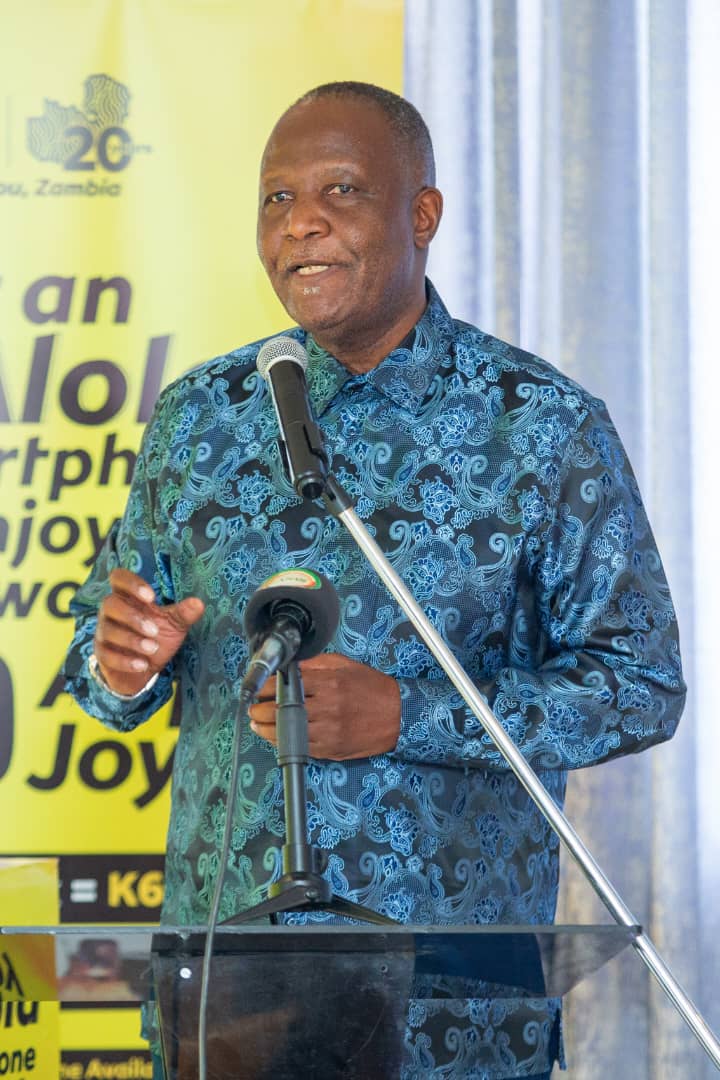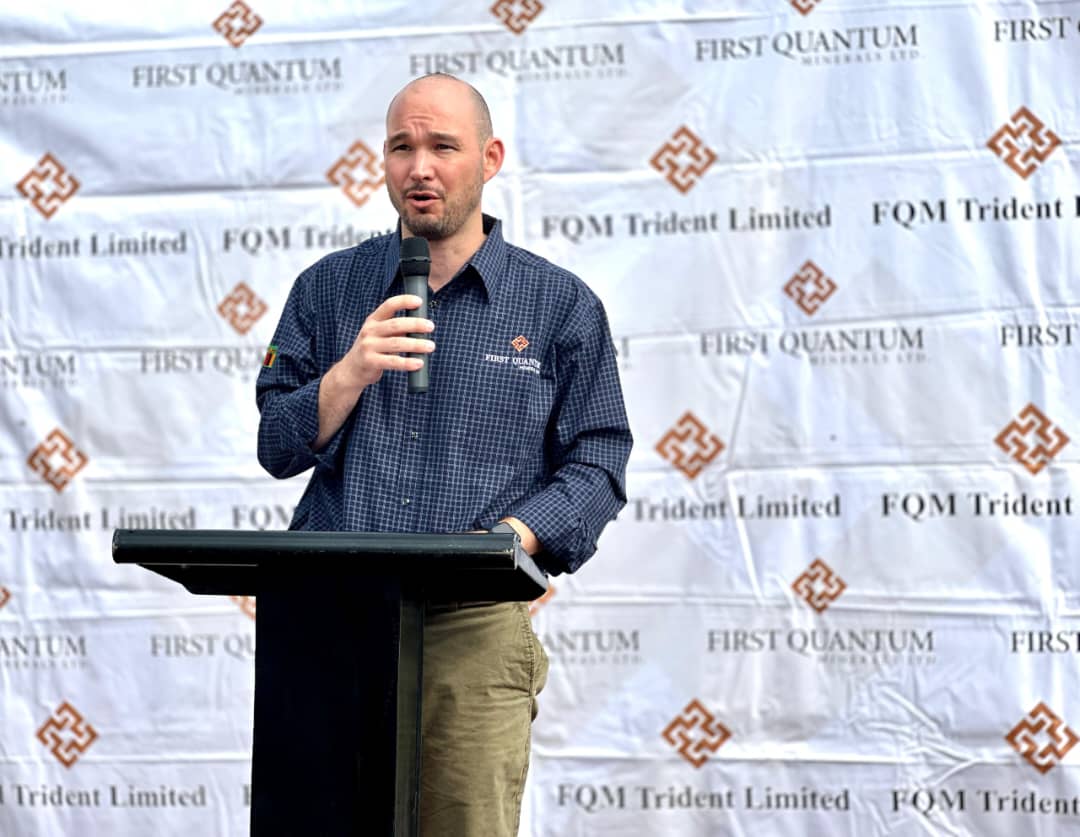South African Reserve Bank Governor Lesetja Kganyago said he and his fellow monetary policymakers will stick to their job of ensuring price stability, regardless of the political uncertainty caused by last week’s election.
“We will continue to deliver on that mandate, irrespective of how our post-election politics plays out, whatever the outcome in the next two weeks,” he told an audience on Tuesday at the Soweto Theatre, southwest of Johannesburg. “We will continue to account to Parliament and continue to work for the economic betterment of all South Africans.”
The African National Congress lost its parliamentary majority in the May 29 election for the first time since it took power in 1994, and is now talking with its smaller rivals about a power-sharing pact.
Potential combinations include a coalition with the centrist Democratic Alliance, or a hook up with the leftist Economic Freedom Fighters, or uMkhonto weSizwe Party, led by former ANC and national president, Jacob Zuma.
The talks must be concluded within two weeks of Sunday’s declaration of the election results.
“The only impact is what kind of policies will any coalition come with and whether those policies are sustainable,” Kganyago said. “If the policies are not sustainable, we might not have investment, if they are sustainable, then we will talk about a different future.”
The central bank held its benchmark interest rate steady last week at a 15-year high of 8.25%, warning that while price pressures have moderated in recent months, they are still too high. The decision had been widely anticipated, with economists expecting the central bank to keep a low profile, when it delivered its verdict one day after South Africans voted.
South Africa’s rate of inflation fell for a second straight month to 5.2% in April. But the central bank is focused on returning it to the midpoint of its 3% to 6% target range, where it prefers to anchor expectations.
Nodding to the recent improvement, officials adjusted their May 30 policy statement to say inflation risks are now broadly balanced, a shift from March when they saw risks skewed to the upside. They also tweaked their forecast to project price pressures stabilizing at 4.5% in the second quarter of next year, versus end-2025 in March.
However, officials took care to avoid giving the impression they were leaning in a more dovish direction that could suggest rate cuts were coming soon, noting that the task of achieving our inflation objective is not yet done.
Kganyago struck a similar tone in Soweto, cautioning that while officials expect price pressures to decline toward 4.5% in the first half of next year, “getting there is likely to be a bumpy, difficult path.”








